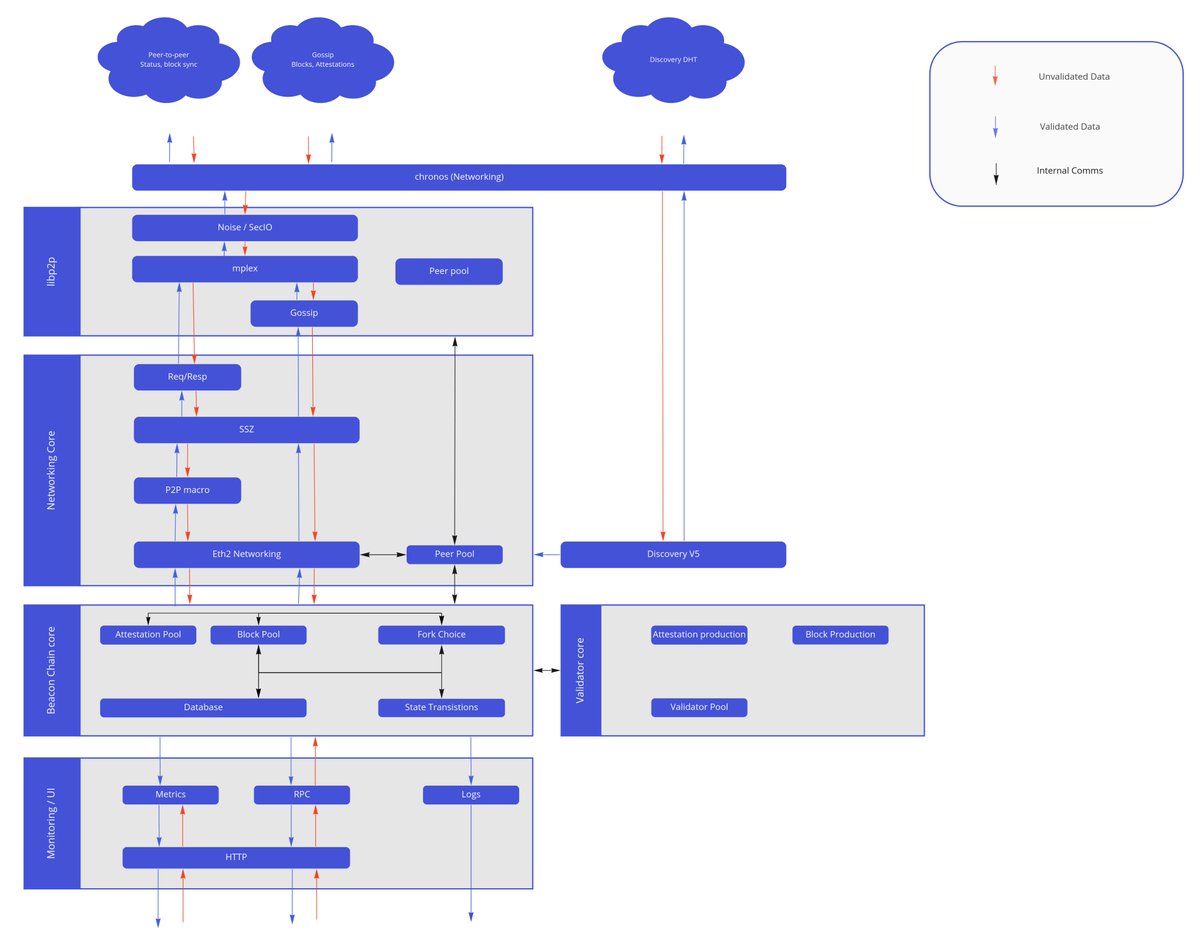
How to get URL link on X (Twitter) App


 #eth2 uses #libp2p to establish a peer-to-peer network - each node opens encrypted connections to other nodes using chronos and nim-libp2p, purpose-built networking libraries in @nim_lang, and multiplex several protocols like gossip and eth2/sync over that link using `mplex`
#eth2 uses #libp2p to establish a peer-to-peer network - each node opens encrypted connections to other nodes using chronos and nim-libp2p, purpose-built networking libraries in @nim_lang, and multiplex several protocols like gossip and eth2/sync over that link using `mplex` 

